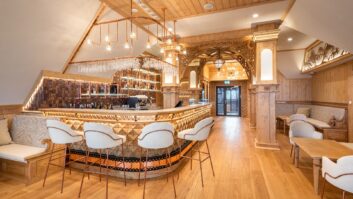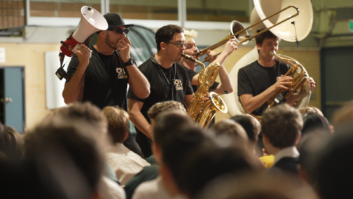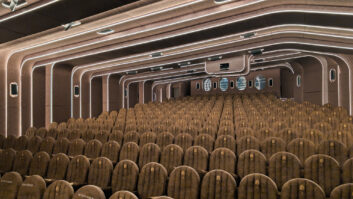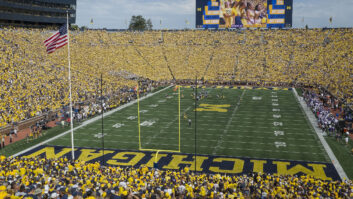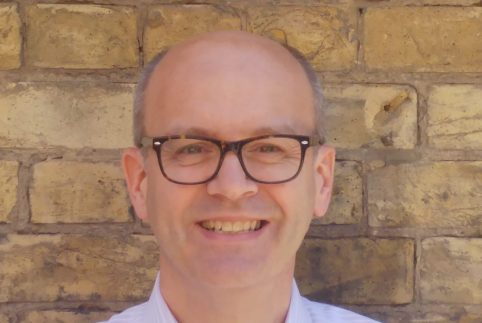
Installation editor Paddy Baker discusses the significance of the silencing of Big Ben – and the practicalities of one proposed solution.
On Monday 21 August, Big Ben fell silent. The Great Clock, whose timings it broadcasts, is being painstakingly renovated – not only its internal mechanism, but also its hands and the glass panes in its faces. For the next four years, the bell will sound only on a few occasions, such as Remembrance Sunday and New Year’s Eve. It has been silenced to protect the workers’ hearing; according to one health and safety expert quoted in news coverage, it chimes at nearly 120dB.
Big Ben, or rather the Elizabeth Tower that houses it, is a major landmark that crops up in just about every London-set film or travelogue; it’s as much a part of the visual lexicon as red buses, Buckingham Palace and St Paul’s Cathedral. And the sound of its bongs is no less iconic – not just heard by those in the vicinity every quarter-hour, but also by millions every day, punctuating headlines on TV and radio news bulletins. In fact, I can’t think of another sound that – yes – resonates so strongly as a national symbol.
Visually, a partial service will remain: at least one face will continue to display the time, run by a substitute electrical mechanism. But no provision has been made for back-up audio. Seizing an opportunity, for publicity at least, Martin Audio managing director Dom Harter last month wrote to the Speaker of the House of Commons with a proposal (which he shared with industry media). The chimes, he wrote, could be replaced by a computer-controlled recording, played through the company’s MLA line array speakers – which permit very little sound to escape behind them, leaving the restoration workers’ ears unmolested. He also pointed out that Martin Audio is a British company (though he didn’t mention its American ownership).
I can’t think of another sound that – yes – resonates so strongly as a national symbol.
I’m not sure – and Harter didn’t sound too sure in his letter – just how feasible this suggestion is. How many cabinets would be needed? Would it be safe to rig the speakers from the scaffolding that is already being put up around the tower? If not, how else would this be done? Would the speakers withstand the weather over a four-year period? Would they need access for maintenance? And so on.
All the same, I do hope that this suggestion gets a fair hearing (sorry). However, I also fervently hope that any decisions are left to the parliamentary authorities rather than involving our politicians, who have rather more pressing matters to attend to. When EU negotiatior Michel Barnier said he could hear a clock ticking, he wasn’t referring to the one outside our Houses of Parliament.
• As an aside, this has brought to mind another horological opportunity for the industry – this one video-related. In the UK at least, many public clocks are broken or inaccurate; the owners, often local authorities, struggle to fund their maintenance, particularly as their importance is more symbolic than functional these days. Now that electronic watches with digital rather than mechanical hands are fashion items, could there be a market for replacing public clocks with LED display replicas?




